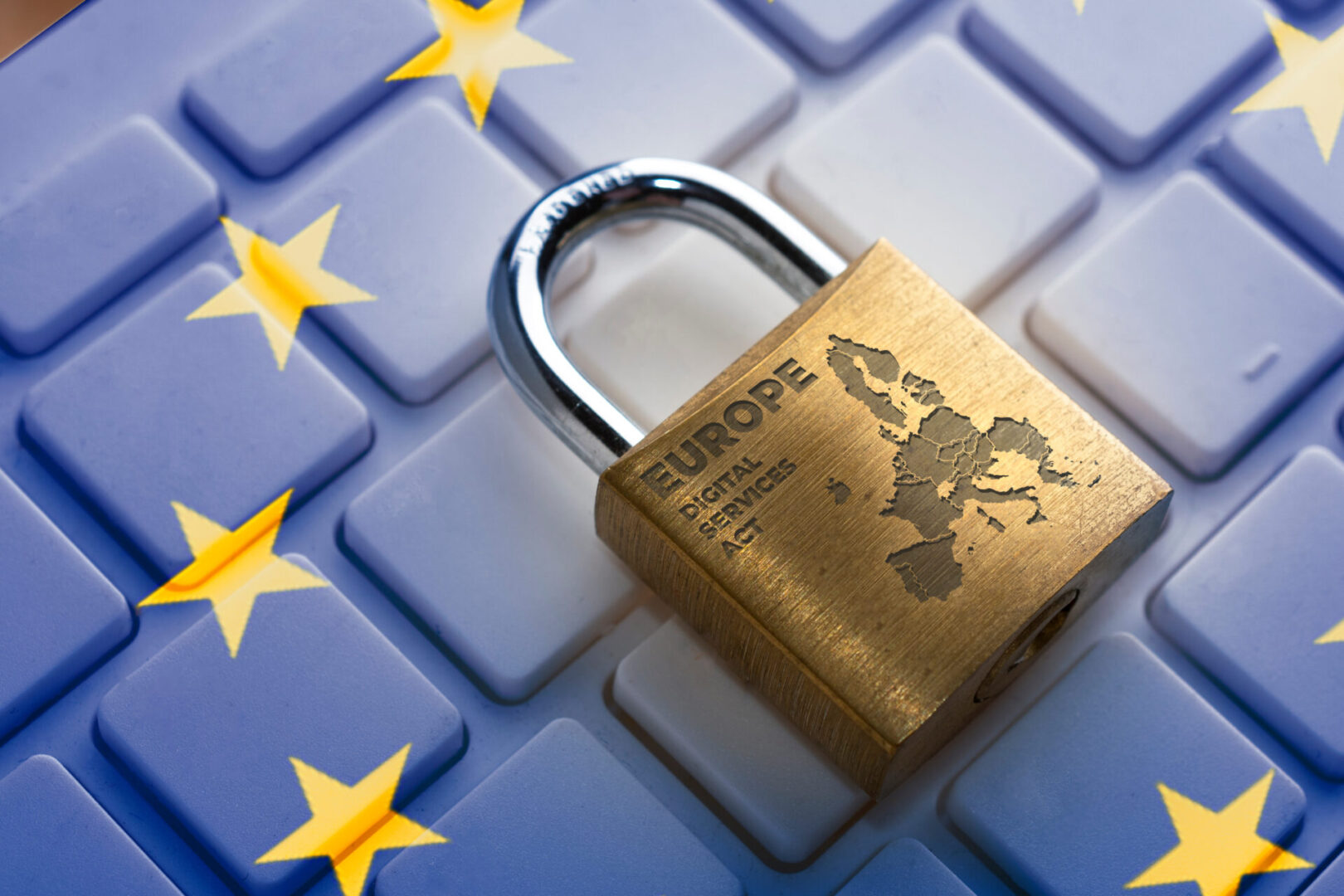
European Union Digital Single Market
The early 1990’s saw the boon to digitization with the emergence of the web and the 2nd generation (2G) cellular network. Here we are now thirty years later. The European Union (EU) has begun to approach its digital transformation through its Digital Single Market strategy. The EU is taking a holistic, hands-on approach to ensure its citizens are equipped and enabled by 21st century technologies. Its multi-pronged approach, led by the European Commission, seeks to achieve “technology that works for people†and “a fair and competitive digital economy.†The strategy incorporates a regulatory framework, directives, and funded initiatives at the Union level. Much of the EU’s measured plans are in their infancy—many of the acts, rules, joint declarations, and initiatives adopted within the last one to two years.
“Technology that works for people†has a heavy emphasis on bringing the citizens of the EU into the 21st century along with the rest of the developed world. A key element is training in digital skills for both the workforce of the respective Member States, along with European consumers. There are goals to modernize education across the Union, harnessing digital technologies for learning, and looking ahead to anticipate the skills needed to shape its future jobs. The Union foresees there will be new and different jobs based on the automation of routine tasks. This has already ushered in the need for more skilled information computer technology professionals, much like what is already occurring around the world. Efforts are beginning to occur at the Union, national, regional, public, and private levels. The Union is encouraging public-private partnerships within the Member States and the Commission has proposed coherent and comprehensive support through funding to boost digital skill through reskilling and upskilling.
The EU recognizes that artificial intelligence systems are being used by companies around the world to grow businesses through tailored marketing. They also realize artificial intelligence can have beneficial applications in the public sector. This is an area where they are approaching in a measured fashion, careful to ensure the socio-economic, legal, and ethical impacts are addressed prior to whole-heartedly embracing this technology. The Union has been clear that it desires to place Europeans ahead of technological developments. It is building on public-private partnerships to support artificial intelligence and robotics produced in Europe by creating testing and experimentation facilities in key strategic sectors and technologies. The Commission’s role here is the “glue†linking the individual Member States efforts with the goal to create a collaborative investment in this area.
October 2020, Member States signed a joint declaration, expressing their will to work together toward the creation of a European cloud. The European Alliance on Industrial Data and Cloud is scheduled to launch the beginning of 2021, which will enable a joint investment in cross-border cloud infrastructure and services; European marketplaces for cloud services that meet key EU standards and rules; and an EU cloud rulebook for cloud services. Building this infrastructure is essential to modernizing its public administrations and health care systems.
Another vital capability and service for the European people is accelerating the rollout of the 5th generation (5G) of telecommunications systems and fiber networks. They see this connectivity as the “eyes and ears†of artificial intelligence systems enabling real-time data collection and analysis. The Union has funded €700 million, with the private industry matching its investment, bringing the total investment to €3 billion to ensure global consensus building on 5G. Due to the growing traffic on the internet and emerging areas such as machine-to-machine and smart environments—connecting people and objects—they are preparing to boost networks and internet architectures by 2025.
The EU is keen to the threats posed by cyberattacks and system resiliency. Since such attacks are typically cross-border, and an attack on a Member State’s critical infrastructure has the potential to affect the EU writ large, they recognize Member States need to have strong national bodies to oversee cybersecurity in their respective countries. To ensure this occurs, the Member States agreed with the Union to adopt the Directive on Security of Network Information Systems (NIS Directive), which was recently reviewed December 2020. The EU also enacted the Cybersecurity Act in June 2019, which strengthens the role of the European Union Agency for Network and Information Security (ENISA). ENISA is assisting Member States with complying with the NIS Directive, as well as supporting EU institutions and businesses. The EU is also tackling the need to arrive at a single common scheme certifying conformance to high cybersecurity standards. Currently, there are different security certification standards for information technology products across the Member States.
Achieving a frictionless single market is at the heart of promoting a fair and competitive digital economy. The EU would like its single digital market to create an environment “where companies of all sizes and sectors can compete on equal terms, and can develop, market and use digital technologies, products and services at a scale that boosts their productivity and global competitiveness, and consumers can be confident their rights are respected.†(Europa website) This aspirational goal is undergirded by policy guidance and EU funded projects related to big data, online platforms and e-commerce, and high-tech start-ups and innovators. The EU has enacted the Digital Services Act and Digital Markets Act, which together govern digital spaces, particularly online platforms to facilitate a responsible, safe, and open environment. Further, the European Parliament has tasked the Commission with conducting an in-depth analysis of algorithmic transparency and accountability, and its potential impact on the EU economy and society.
Although the EU strategy to achieve its Digital Single Market may seem a late start to a sprint, rather than a marathon in the big scheme of time, they have attempted to address all aspects of digitization and its impact on their society at-large. The EU has approached the challenges and opportunities raised by digitization on many fronts and appears to be going about it in a thoughtful, deliberate manner. I sense the EU has a deep commitment to providing opportunities for all its citizens to be lifted up economically. It will be fascinating to see what they have achieved by 2025.
References:
Technology That Works for People. Available at: https://ec.europa.eu/digital-single-market/en/content/technology-works-people
A Fair and Competitive Digital Economy. Available at: https://ec.europa.eu/digital-single-market/en/content/fair-and-competitive-digital-economyhttps://ec.europa.eu/digital-single-market/en/content/fair-and-competitive-digital-economy
Press, Gil. “A Very Short History of Digitization†(December 27, 2015) Forbes. Available at:
